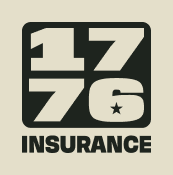New Gun Owner Guide to Responsible Gun Use
If you are a new or seasoned gun owner, it’s important that you operate and store your guns in the safest possible way. There are safety tips for gun handling and storage that you should be aware of, as well as important terminologies that you will need to familiarize yourself with.
Whether you own a semi automatic pistol or a shotgun and whether you use your weapons for self-defense, target shooting, or bird hunting, it’s also important that you get to know all of the parts of your gun and are acquainted with your specific gun(s). You’ll want to keep them in good working order and have them handy for when you are ready to put them to use.
Here, you’ll find tips for how to handle your guns responsibly, how to maintain your guns, and how to store guns that you use for self-defense. You’ll also learn about some shooting accessories you might need as well as get introduced to a glossary of gun terminology.
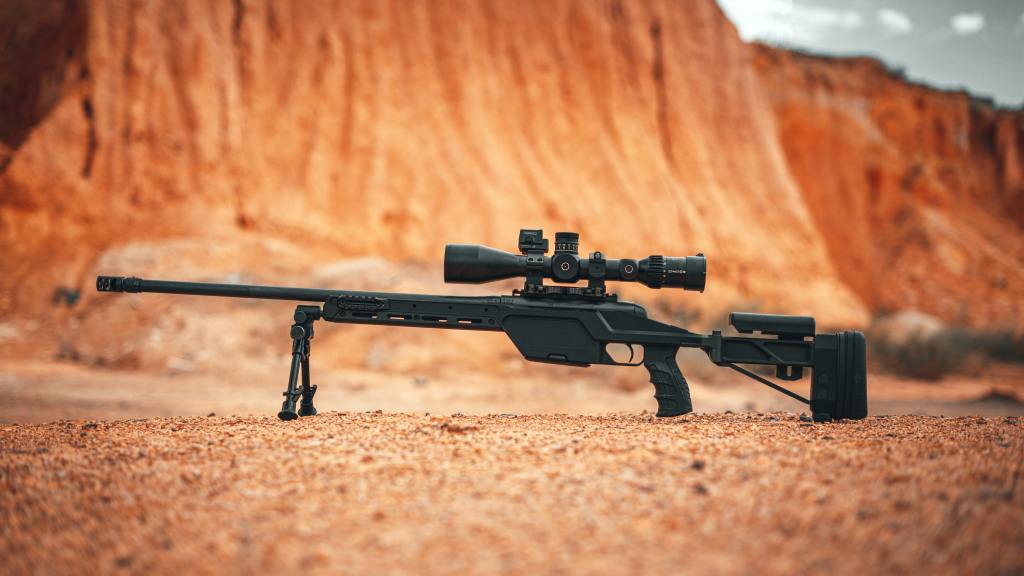
Rules for the Responsible Handling of Firearms
If you are a gun owner, it’s crucial that you know the rules of responsible gun use. Here are some important pointers that you should always keep in mind.
Always Point the Firearm in the Safest Direction
It’s important to avoid pointing your firearm at anything that you don’t want to shoot. Avoid pointing your gun at people and anything in your home that you don’t want to accidentally fire at, such as your tv or furniture. There may not be a 100% safe direction for the firearm, but be aware of the best direction to point the gun.
Always Keep Your Finger Off the Trigger
When you aren’t firing your weapon, don’t place your finger on the trigger. This could cause an accidental discharge. Don’t place your finger on the trigger pull until you are ready to shoot. Being ready to shoot means that you are in a safe location, such as a target shooting range, and your gun is pointed at the appropriate target.
Always Treat Guns as if They Are Loaded
Even if your gun is not loaded, always treat it as though it is. Handle firearms with utmost respect, avoiding pointing them in any direction or pressing the trigger. This will help prevent accidental discharge in the event that there is still some ammunition left in the gun.
Tips for Using a Gun for Self-Defense
If you are using a gun for self-defense, it’s important to know what your local self-defense laws are. Typical self-defense laws require that the defender acts reasonably, retreats or walks away from confrontation if possible, and uses only the amount of force necessary to prevent the attack. Check with local authorities or an attorney to find out what the laws are in your home state.
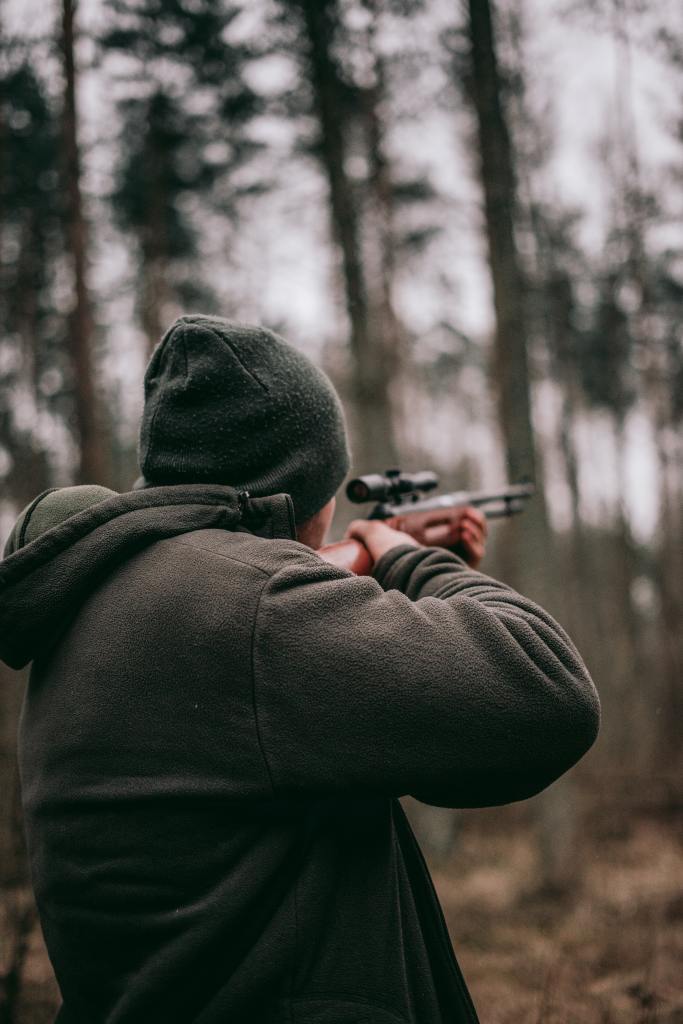
Gun Maintenance Tips
It’s important to practice good maintenance to keep your firearms in good working order, especially if you are using them for self-defense.
Inspect for Lint
Be sure to inspect your weapon for any lint, which is any debris such as dust or dirt that attaches itself to your weapon. Some guns attract more lint than others! If you are carrying your gun, examine your gun for lint after every 1-2 days of carry. You’ll want to clean the exterior of the gun. Every week or two, you’ll want to take the gun apart (according to manufacturer instructions) and clean the interior.
Keep Your Gun Lubricated
Guns also function at their best when they are lubricated. Keep in mind that the lube you use for your gun can attract dirt and lint. Use a lighter lube to mitigate this issue. You can try WeaponShield’s Lithium Grease or Brian Enos’ Slide Glide.
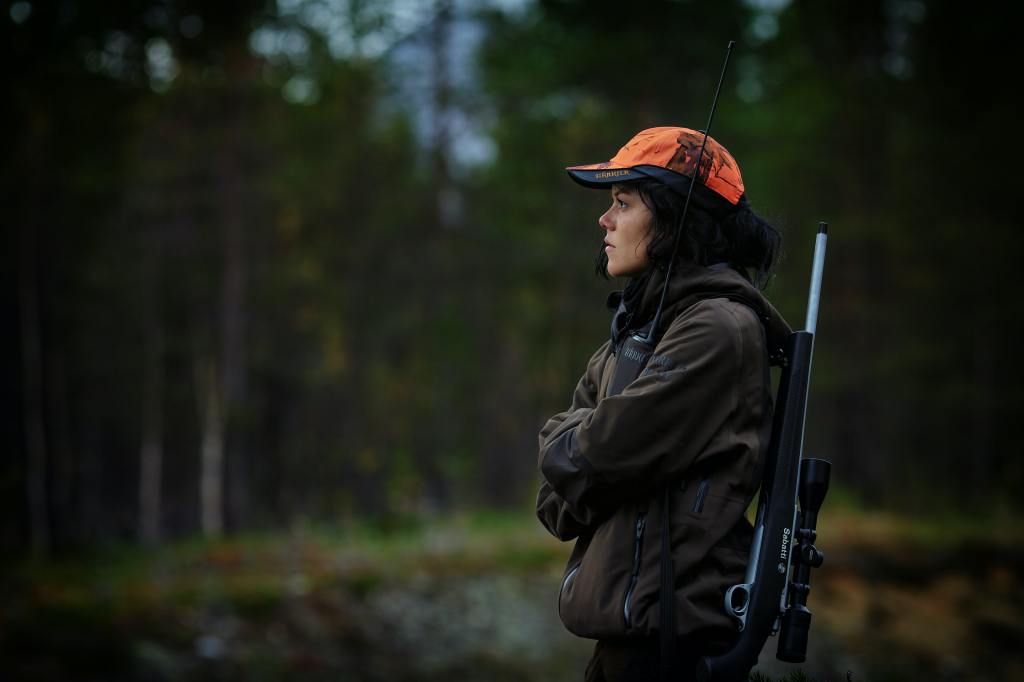
Storing Firearms For Safe Access
An important aspect of responsible gun ownership is storing your guns safely in your home. A great storage solution is a gun safe. A gun safe will keep your guns locked away so that they can’t be accessed by burglars – or by children within your home. If you are using your guns for home self-defense, keep the safe stored somewhere that you have quick access to in the event of an emergency.
Shooting Accessories You May Need
No matter what type of gun you own, all gun owners will need eye and ear protection, as well as a safe place to store your weapons. Here are a few of the other accessories you might want to consider purchasing from the local gun shop:
- Red Dot Sights for Handguns
- Weapon-Mounted Lights for Handguns
- Striker Control Device for Glock Pistols
- Night Vision and Thermal Scopes/Optics
- Laser Training Systems
- Rifle Chassis Systems for PRS
- Shooting Bags, Rests, and Tables
Where To Buy Ammunition?
You can buy ammunition from a local gun shop or online. How should you choose between the gun store and an online shop? You should buy from wherever you can find the cheapest ammunition for your specific firearm. You should also be aware that you can save by buying ammo in bulk.
Here are some great places to buy ammunition online:
- Palmetto State Armory
- Lucky Gunner
- Brownells
- Sportsman’s Guide
- Cabelas
Terminologies That New Gun Owners Should Be Aware Of
If you are a gun owner or are interested in firearms, it’s important that you are aware of the terminology associated with guns and their various parts. Here is a comprehensive glossary of gun terms that you should be aware of!
Action
The action is the mechanism that manipulates cartridges and seals the breech. It often refers to the method used for loading cartridges.
Ammunition
Ammunition is a package of various components that include gunpowder, a primer, and a projectile inside of a casing. Ammunition is measured in rounds, which is what is loaded inside of a gun. It also comes in a variety of sizes.
Automatic
An automatic gun continuously fires bullets as long as the trigger is held down and there is still ammunition remaining in the magazine. This is also known as a machine gun.
Ballistics
Ballistics is the study of cartridge discharge, as well as the launch, flight, behavior, and effects of bullets. Experts in this science can determine where a bullet was fired, where it landed, and what it did.
Barrel
The barrel of the gun is a tube, usually metal, through which the projectile or bullet is propelled from the gun.
Casing
A casing is the containing unit of a cartridge or round, which holds the gunpowder and projectiles and has a built in primer to ignite the gunpowder.
Caliber
A caliber is the diameter of a gun’s bore (the inner diameter of the barrel), which is measured as fractions of an inch. This determines the size of ammunition that the gun can fire.
Chamber
The chamber is the part of the barrel in which the cartridge is inserted before it is fired.
Cylinder
The cylinder is the part of a revolver that holds ammunition in individual chambers that are rotated into firing position.
Grip
The grip is the handle of the gun, which the user holds on to when shooting.
Kick (Recoil)
The kick or recoil is the backward force that a gun exerts when it is fired. There will be more recoil the heavier the bullet is and the faster it leaves the barrel.
Lever Action
The lever action is a type of gun action with a lever that encircles the trigger guard area in order to load fresh cartridges into the chamber of the barrel when the lever is used.
Magazine
A magazine is a container that holds cartridges or rounds under spring pressure to feed them into the gun’s chamber. They are often detachable and refillable.
Pistol
A pistol is a handgun that fires bullets. It is small and easy to use for concealed carry, and can be fired from one or two hands.
Pistol Grip
The pistol grip is an extra handle attached to a rifle or shotgun behind the trigger, such as you would find on a pistol.
Point Blank
Point blank range is the distance at which a gun can be aimed at a target without worrying about its trajectory.
Revolver
A revolver is a handgun or pistol that has a multi-chambered cylinder that rotates with each pull of the trigger. This cylinder can hold between 6 to 8 rounds.
Safety
The safety is a mechanism that prevents a trigger from being pulled, preventing the gun from being discharged. This should be left on until the user is ready to fire the gun.
Scope
The scope is a magnifying tube that is attached to the top of a rifle, shotgun, or pistol and allows the shooter to see a target that is far away.
Trajectory
The trajectory is the path of a bullet from the gun to its target.
Trigger
The trigger is the mechanism that activates a gun’s firing sequence.
Basic Gun Parts that Gun Owners Should Know
It’s important to know the basic parts of a gun so you are familiar with your weapon and how it works. Here are some of the important parts as well as a description of each.
- Stock: The part of the gun that extends back to your shoulder. There is a butt on the end where it makes contact with your body.
- Barrel: The portion of the gun from where the unfired bullet sits through the muzzle opening where it flies out.
- Chamber: The place where the unfired but loaded bullet sits.
- Hammer, striker, and firing pin: The pieces that strike the cartridge primer and ignite the gunpowder.
- Rails: Parts of the frame that allow accessories to be attached.
- Magazine release: The button you press to drop the magazine out of the frame.
- Grip: The part of the gun you hold with your dominant hand.
- Foregrip: Part of the front where you place your hand for added stability.
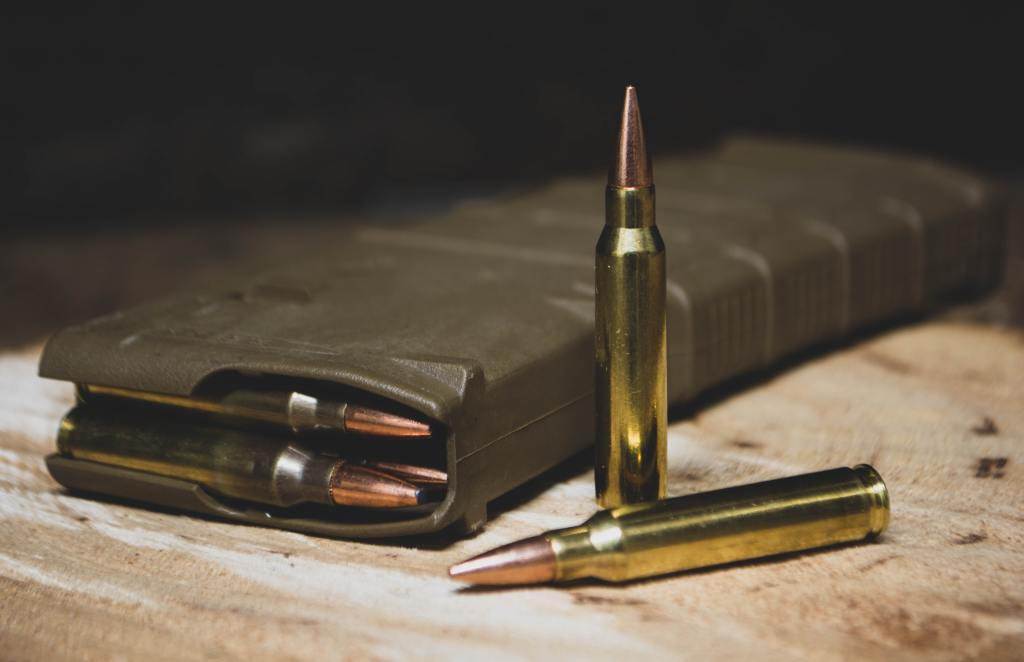
FAQs
What is the first rule of owning a gun?
If you own a gun, it’s important that you know and follow all recommended gun safety procedures, including the proper handling and storage of your weapons.
Do new guns need a break-in period?
Some guns may need a break-in period. Be sure to read the manufacturer’s guide, as this will provide tips for breaking in the gun if needed.
What is the golden rule of firearms?
There are some important rules you should follow. Never point a gun at anything you don’t intend to shoot. Also, don’t shoot a gun, even if you think it isn’t loaded. Exercise caution to avoid accidental discharge.
How many guns should a normal person have for self-defense?
There is no right answer to this question. Some people keep one gun around as a home defense weapon, while others are collectors and have an assortment of guns.
What kind of gun is the best first gun for beginners?
Most beginners should consider purchasing either a 9mm pistol or .223 AR-15 rifle. Either of these is a good firearm type for someone who is just starting out. The average first gun will cost between $400 – $800 at your local gun shop.
Sources
https://theprepared.com/self-defense/guides/beginners-guide-to-guns/
https://gununiversity.com/gun-101/
https://www.colsontaskforce.org/
https://theprepared.com/self-defense/reviews/beginner-firearms/
https://en.wikipedia.org/wiki/Glossary_of_firearms_terms
https://tncourts.gov/sites/default/files/docs/firearmshandout_1.pdf
https://lifehacker.com/a-gun-lingo-glossary-for-those-unfamiliar-with-firearms-1825427596
https://www.handgunsmag.com/editorial/handgun-maintenance-tips/137983
https://www.africanexponent.com/post/19172-gun-parts-what-you-need-to-know
https://www.criminaldefenselawyer.com/resources/using-a-gun-self-defense-laws-and-consequences.htm
